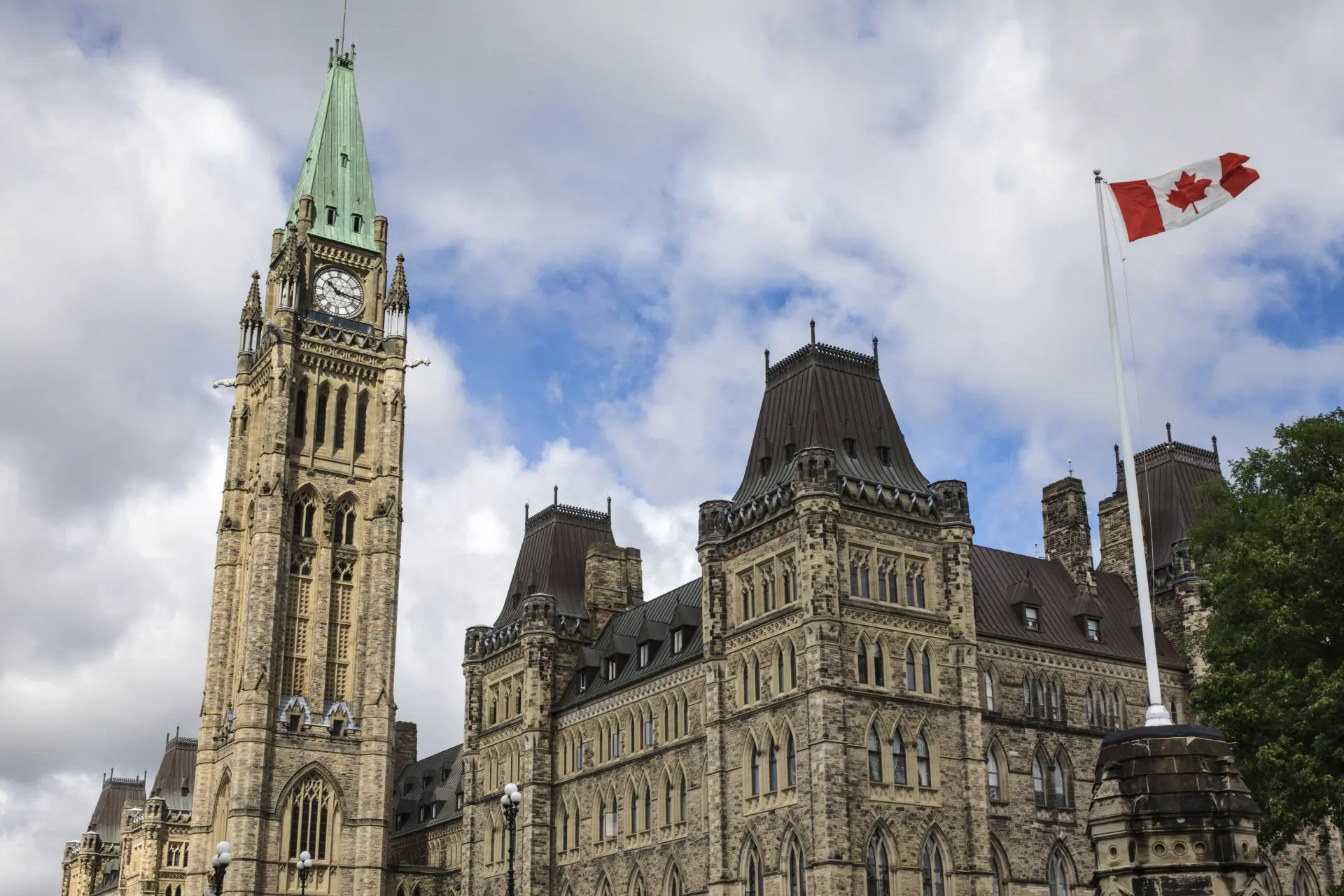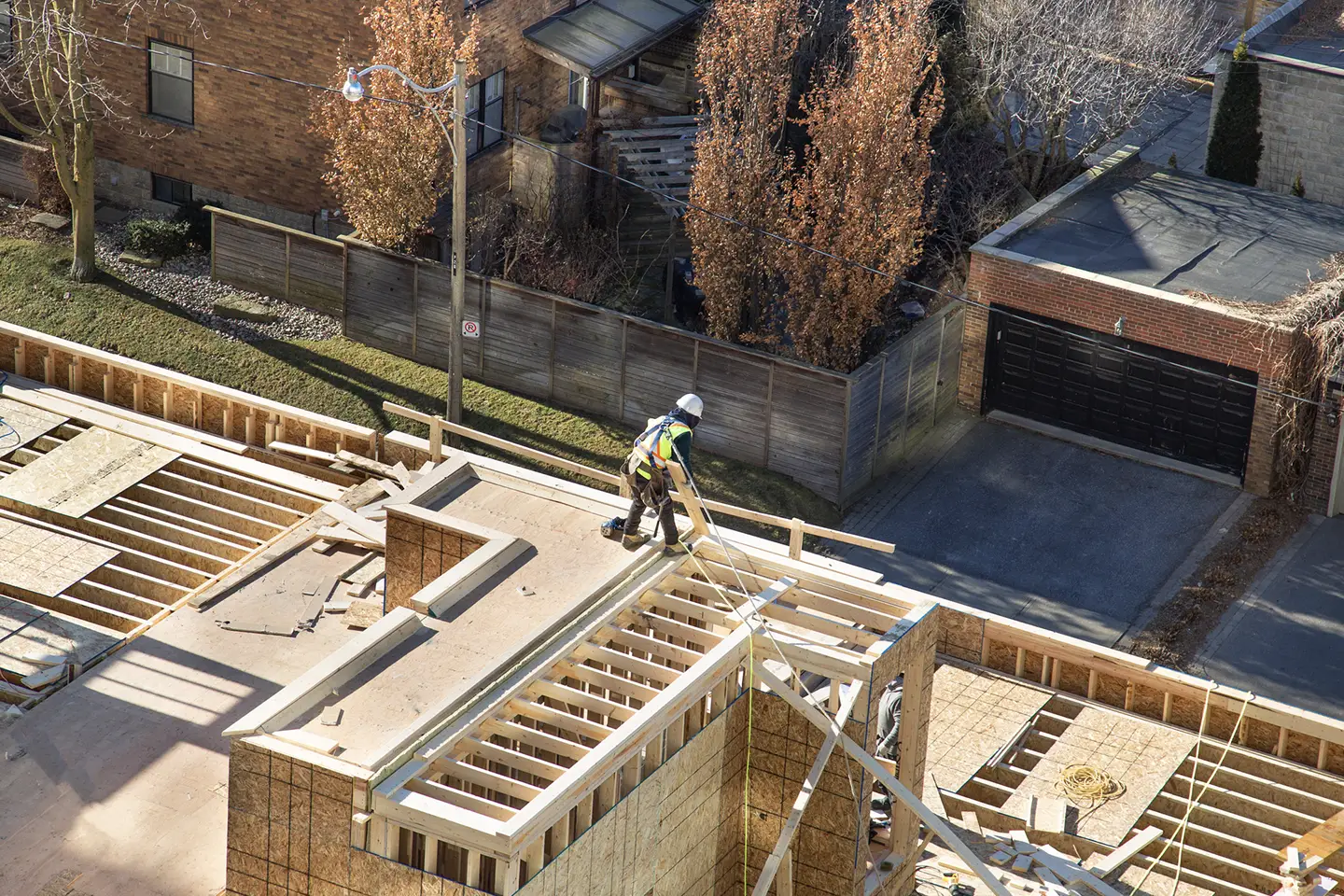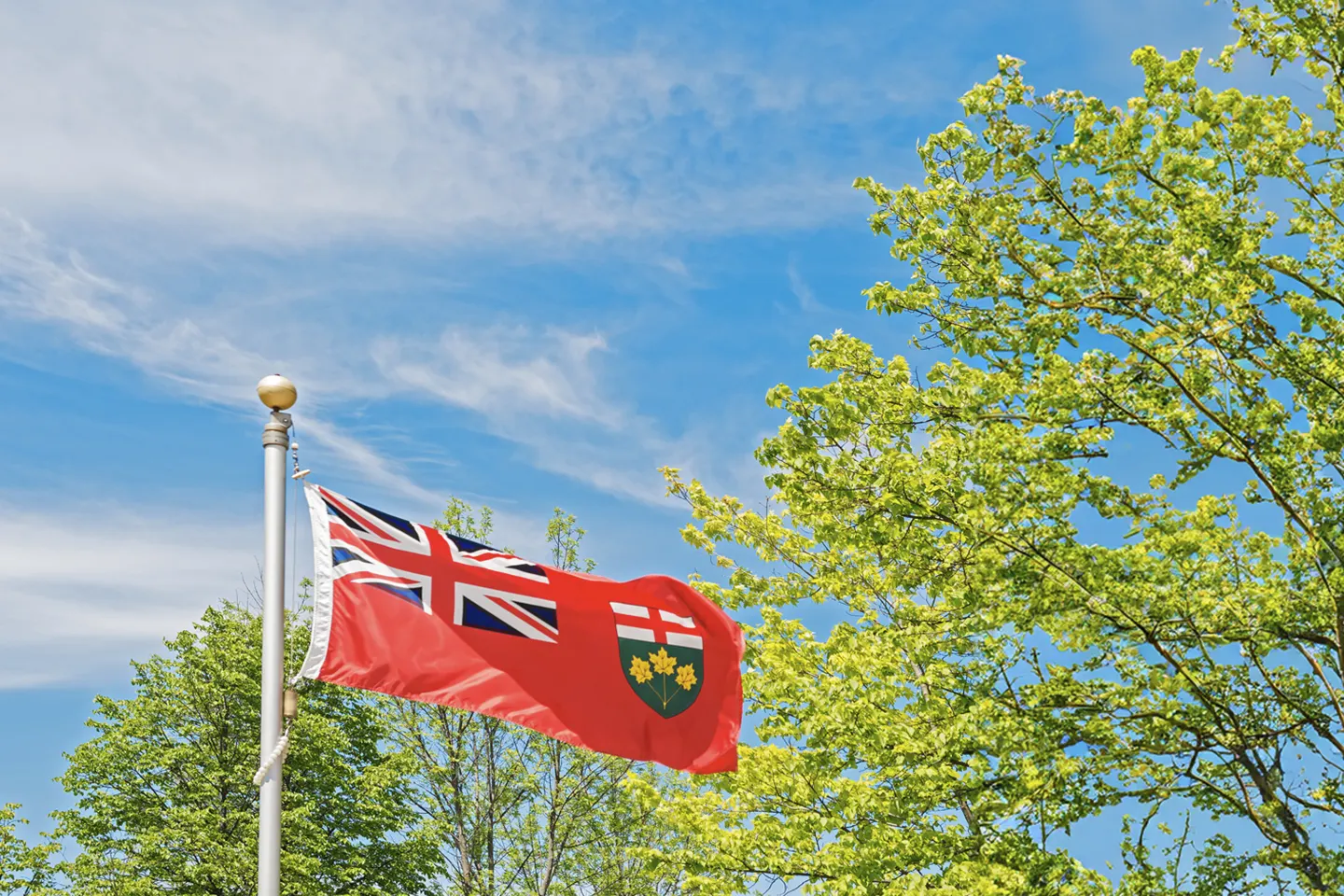Update on Canada Infrastructure Bank and Bilateral Agreements

This morning, Infrastructure and Communities Minister Amarjeet Sohi provided an update on two of the Trudeau Government’s key initiatives by announcing the appointment of Janice Fukakusa to serve as Chair of the Board for the Canada Infrastructure Bank, as well releasing letters that he has written his Provincial counterparts outlining terms and conditions regarding bilateral funding agreements.
Appointment of Janice Fukakusa
Fukakusa previously served as CAO and CFO of the Royal Bank of Canada, and various high-ranking capacities and portfolios over her 31-year career there. In addition to her corporate career, Fukakusa serves on a number of boards including Cineplex, the Princess Margaret Cancer Foundation and as the Chair of the Board of Governors for Ryerson University.
Her appointment comes as the latest development on one of the Liberal Government’s cornerstone initiatives, one of which they have repeatedly stated a desire to have operational by the end of 2017. The appointments process was unable to commence until the Legislation governing the Bank was passed in the House of Commons as a part of the Budget Bill C-44 which received Royal Assent on June 22. Fukakusa will assist Minister Sohi and Finance Minister Bill Morneau in the establishment of the Bank’s governance and oversight models, as well as help conduct the search for the remaining Board of Director and Chief Executive Officer positions. The CEO position remains open for application until July 21.
The Canada Infrastructure Bank is part of the Liberal Government’s 12 year, $180 billion Investing in Canada Plan. The Bank was originally proposed during the 2015 Canadian Federal Election and was formally announced during the 2016 Fall fiscal update. It was announced in May 2017 that it will be based in Toronto, Ontario and will offer provincial, territorial and municipal parties at least $35 billion Dollars in financing for new Infrastructure projects.
Feds lay out conditions to Provinces regarding bilateral funding agreements
More specifically under the umbrella of his Department, Sohi also outlined in a series of letters to Provincial Infrastructure Ministers that any of the $33 billion dollars earmarked for Integrated Bilateral Agreement projects with the Trudeau Government will have attached certain conditions regarding economic growth and reduction of carbon emissions. The spirit of the letters evokes the Government’s oft repeated mantra of “growing the economy and protecting the environment go hand-in-hand”.
The specific priorities listed in the letters being:
- Increase the rate of economic growth in an inclusive and sustainable way;
- Improve environmental quality, reduce greenhouse gas emissions and increase resiliency of communities;
- Improve mobility in Canadian communities;
- Make Canadian communities more inclusive and accessible; and
- Manage infrastructure in a more sustainable way.
No money can be distributed without the funding agreements in place. Sohi and his department have established their desired timeline to run no later than March 2018, before all deals have been signed. The letters come two months ahead of the second annual Federal-Provincial-Territorial Ministerial meeting on infrastructure which Sohi will host in Ottawa on September 20 and 21, 2017, the same week Parliament reconvenes for the Fall sitting.
The funding breakdown offers:
- $20.1 billion for public transit;
- $9.2 billion for green infrastructure;
- $1.3 billion for community, culture and recreation infrastructure; and
- $2.4 billion for wide-ranging infrastructure needs in rural and northern communities. This includes the $400 million Arctic Energy Fund, which will be delivered under this stream to support energy security in the territories.
As the formula is currently designed Municipal projects can be covered up to 40% by the Federal Government with Provinces expected to contribute no less than 33%, Provincial projects up to 50%, Indigenous projects up to 75% and private sector projects up to 25% with some exceptions in the cases where the specific project is a community/cultural/recreational based facility.
Sussex Strategy will continue to monitor the Canada Infrastructure Bank’s development as well as the negotiations between the Trudeau Government and the Provinces regarding Integrated Bilateral Agreement negotiations. We are happy to assist in engaging the Department of Infrastructure and Communities as well as the Department of Finance on your behalf should you desire to seek potential funding or apply for the Board of Directors and/or CEO positions.
For more information, please contact:
Rodrigue Gilbert, Senior Associate
T: (416) 644-4670
rgilbert@sussex-strategy.com
Brett James, Principal
T: (416) 644-4670
bjames@sussex-strategy.com
Chris Benedetti, Principal
T: (416) 644-4670
cbenedetti@sussex-strategy.com


